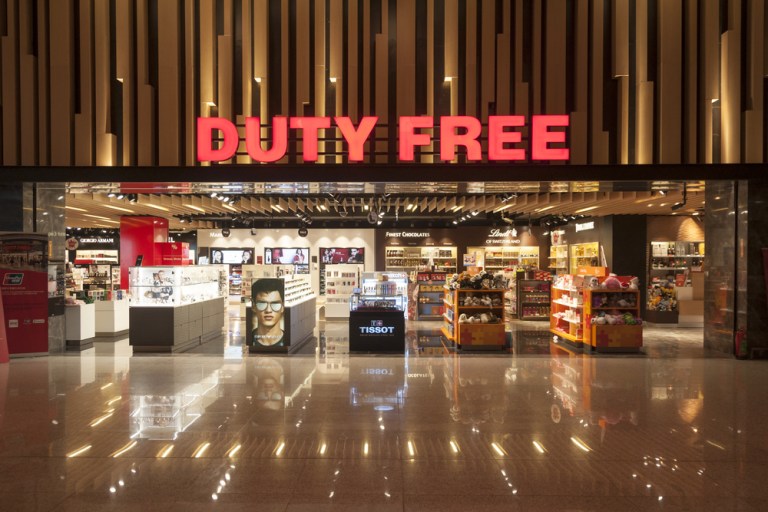
Cross-border commerce is complicated, but there’s a category that can be even more challenging: borderless commerce – that is, global travel retail (GTR), or shopping that takes place in duty-free environments such as airports and airlines, ferries and cruise ships, and border stores.
According to Swiss research agency m1nd-set, this market (which is worth more than $63.5 billion) may technically qualify as “brick-and-mortar,” but it can be much more challenging than physical retail in other settings for a few reasons.
First, it has a high cost of entry with a unique concession-based business model. Second, global politics have a particularly strong influence on its success. Third, it’s a customs-controlled retail operation. And finally, the shopper base comprises billions of travelers from more than 200 nationalities traveling in different channels.
However, these challenges can be overcome by obtaining a 360-degree view to gain insights into factors, such as barriers to purchase-and-scaling strategies, as they pertain to the individual retailer’s particulars.
M1nd-set Owner and CEO Peter Mohn said this is why the research agency decided to team up with CheckmateVR and expand its service offering with a virtual-reality (VR) research tool. M1nd-set 360° aims to help GTR players boost footfall and conversions in duty-free shops by providing exactly these types of insights.
Inside The VR Experience
Mohn said the tool lets merchants build hyper-realistic virtual stores replete with products, fixtures and point of sale, enabling them to test hundreds – or even thousands – of configurations across multiple nationalities without the heavy investment of actually implementing those configurations. Merchants can then use the insights generated by these VR simulations to drive future commercial decision-making.
Though the m1nd-set 360° VR experience doesn’t provide real-time just-in-time insights, Mohn said it can still create a competitive edge by increasing duty-free retailers’ knowledge of the global traveler. And that’s exactly why key stakeholders in GTR have been steadily increasing their appetite for VR and other new tech experiences that can deliver data like this.
“One of the big opportunities within GTR is greater sharing and transparency on conventional data in a structured and industry standard,” said Mohn, “which is currently limited due to the commercial sensitivities behind the concession business model.”
How Much Does It Matter?
Mohn said GTR players are constantly looking for new ways to improve their understanding of the international traveler and associated behavior at different points in the traveling journey, both online and offline.
Better understanding can enable them to add new touchpoints, such as poster sites and digital touchscreens, or even change the content (whether images are still or moving). And yes, such small details can generate much bigger returns than one might expect, as long as they are presented to the right shoppers at the right time.
Some nationalities are very enthusiastic about duty-free shopping during their travels and even plan ahead for what they intend to buy along the way. For instance, Mohn said, Chinese and Indian travelers are very engaged with the GTR channel and often do extensive research before embarking on a trip.
Others are more likely to make impulse purchases when something strikes their fancy. This is largely true for consumers from more mature markets, such as Western Europe.
But it’s not just about nationality, Mohn added. Interactions with certain categories take on their own flavors and trends when placed in a GTR environment. For example, purchases of alcohol, tobacco and beauty products tend to be more pre-meditated, while confectionery and accessories tend to be purchased on impulse.
Within the m1nd-set 360° VR platform, Mohn said that retailers can experiment endlessly with on- and offline touchpoints and messaging – seeing how specific messages shown to specific nationalities at specific times can impact purchase behavior – then invest their real-world dollars where they will have the greatest possible impact.